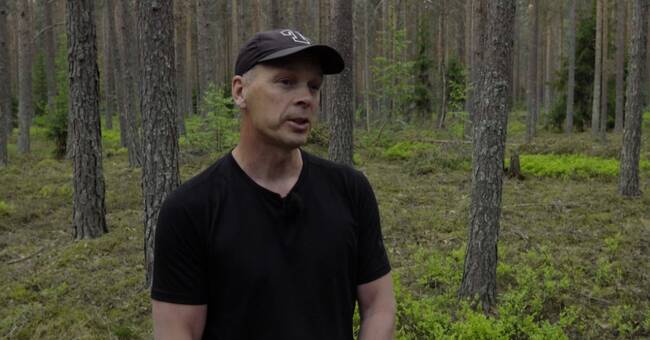Sweden's natural forests now make up just over 10 percent of the forest area.
The rest are planted forests, often of the type that the environmental movement calls timber fields because all the trees are the same.
According to a forecast from the Swedish Forest Agency, the mature forest has been declining rapidly since the 1960s.
In the next few decades, many planted trees have not had time to grow clearly and the pressure from the forest companies to fell the last unprotected natural forests is increasing.
Fertilize the trees annually
A solution proposed by Tomas Lundmark, who is a professor of forest management at the Swedish University of Agricultural Sciences SLU in Umeå, is to fertilize forests much more often than today.
Maybe every two years.
Not like now, fertilizing only once 10 years before final felling.
In an experimental forest in Vindeln outside Umeå, 15 hectares are fertilized annually.
Next door is a similar forest that is not fertilized for comparison.
- Nitrogen affects everything we look at.
Everything grows twice as fast, explains Torgny Näsholm who is a professor of ecophysiology at SLU.
Risks to lead to more eutrophied lakes
The Swedish Forest Agency writes that fertilization increases the growth of trees and this is good for the climate because it binds more carbon dioxide, but that fertilization is bad for certain plants such as blueberries and lingonberries and lichens.
If the fertilization is done incorrectly, it can also lead to eutrophication in lakes and watercourses.
- The more nitrogen we load in the forest, the more we increase the risk that this nitrogen ends up in watercourses, warns Salim Belyazid who is a researcher in natural geography at Stockholm University.
In the World of Science's series "The Battle for the Forest" in seven parts on SVTPlay, you can see more about why forest companies, researchers and environmental organizations disagree so much about how the Swedish forest should be managed in the future.

